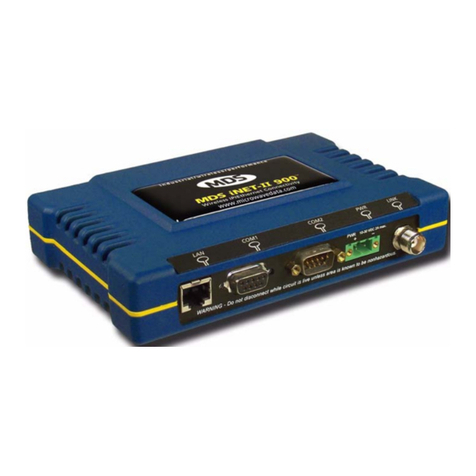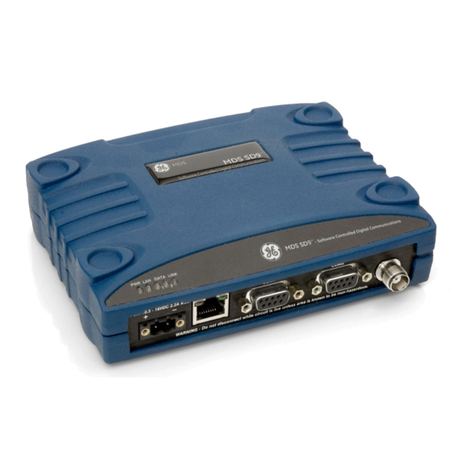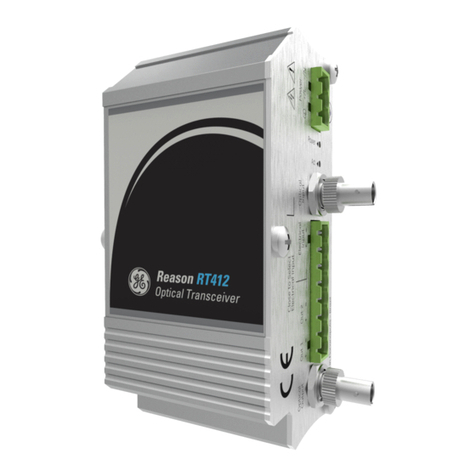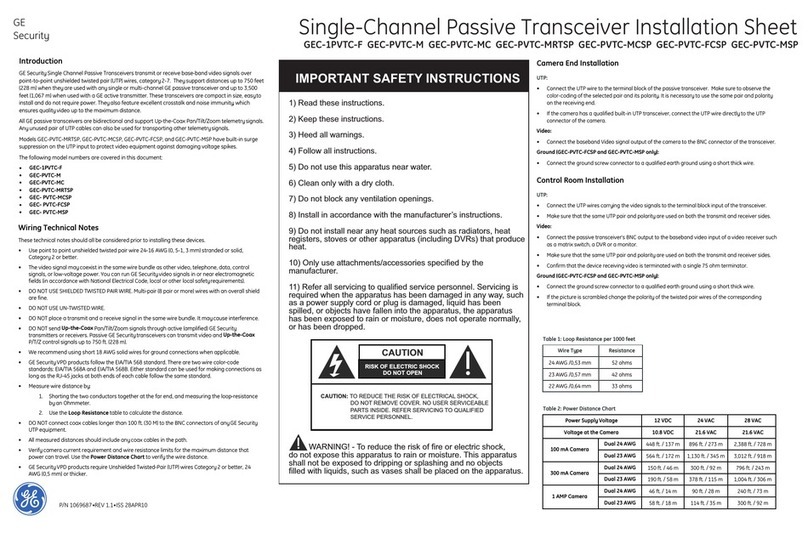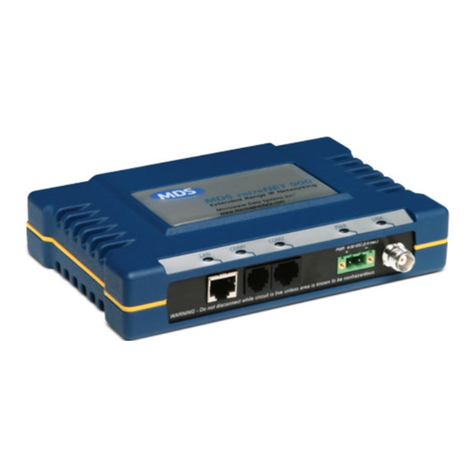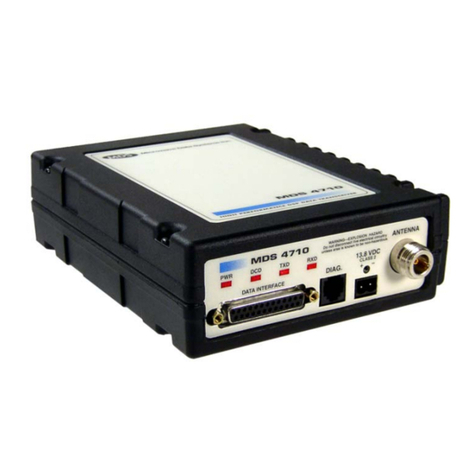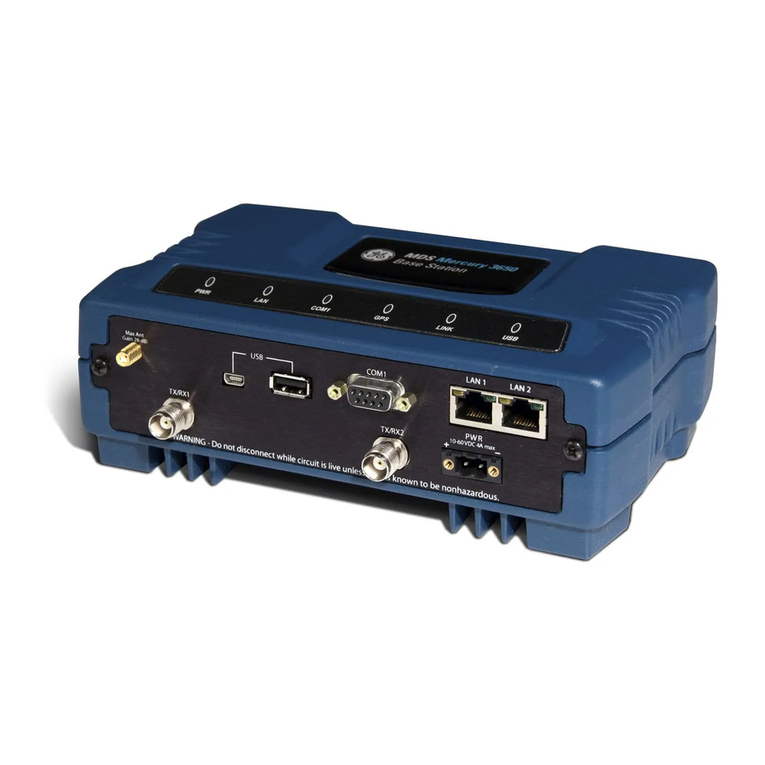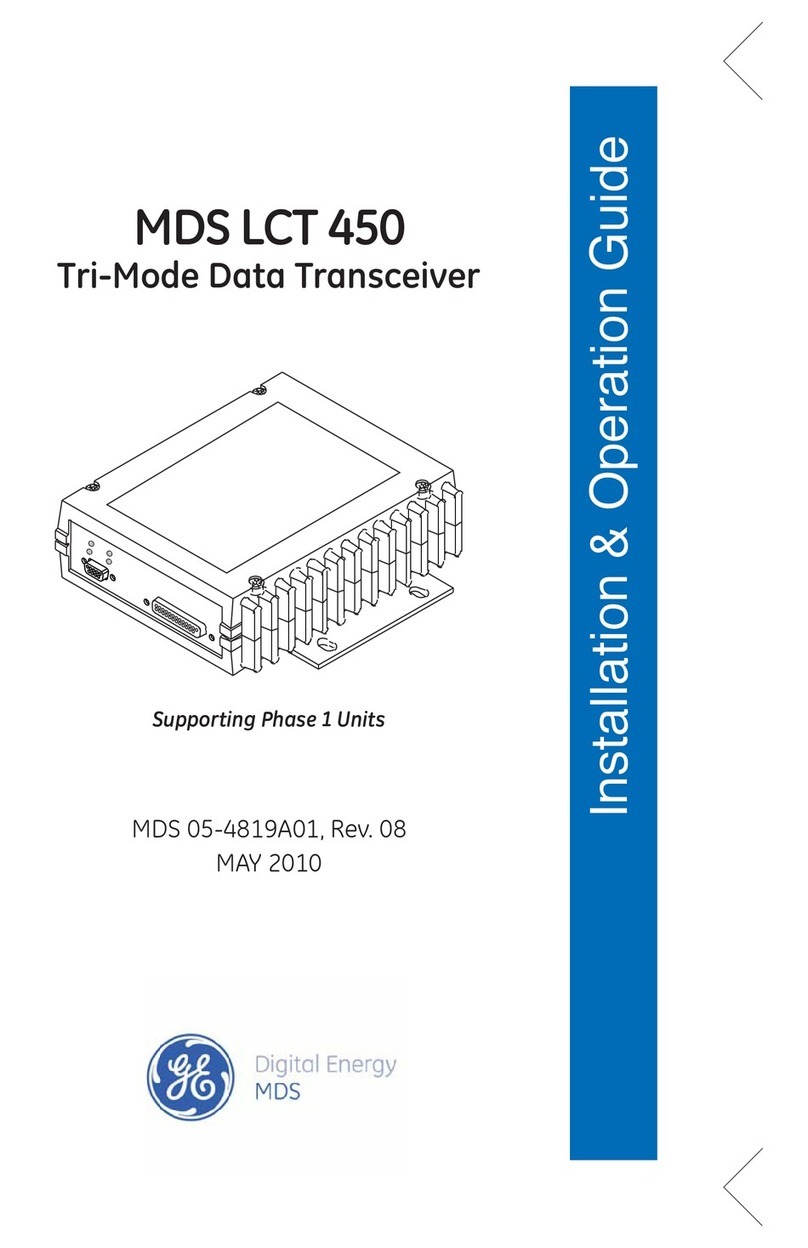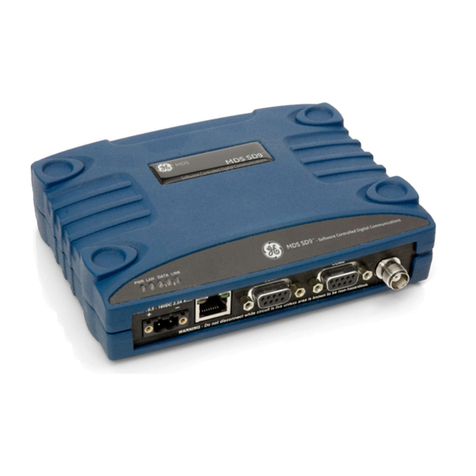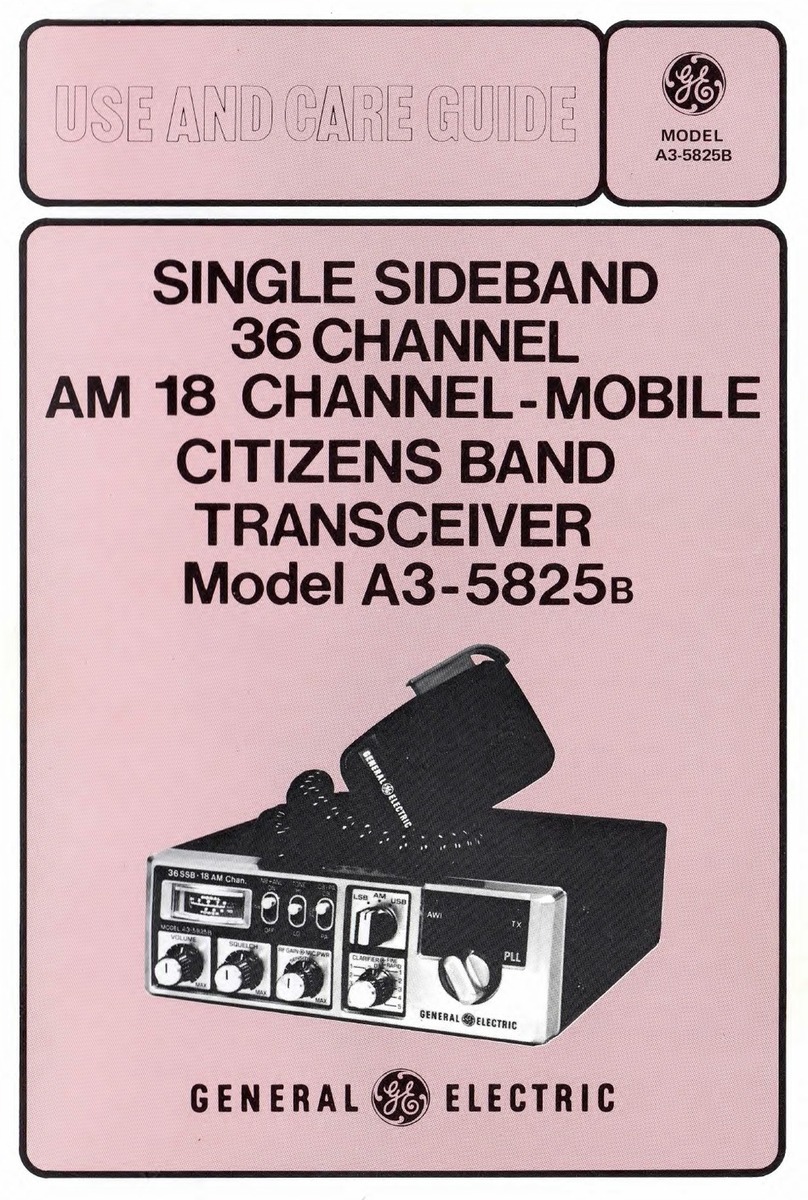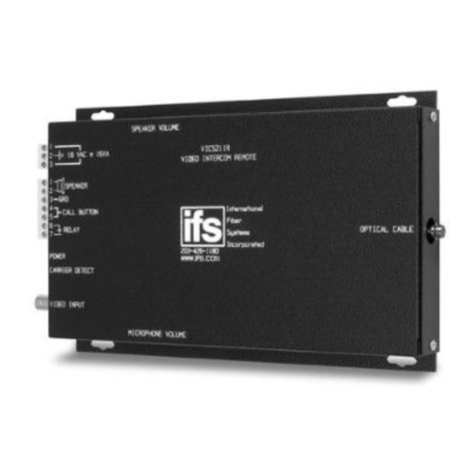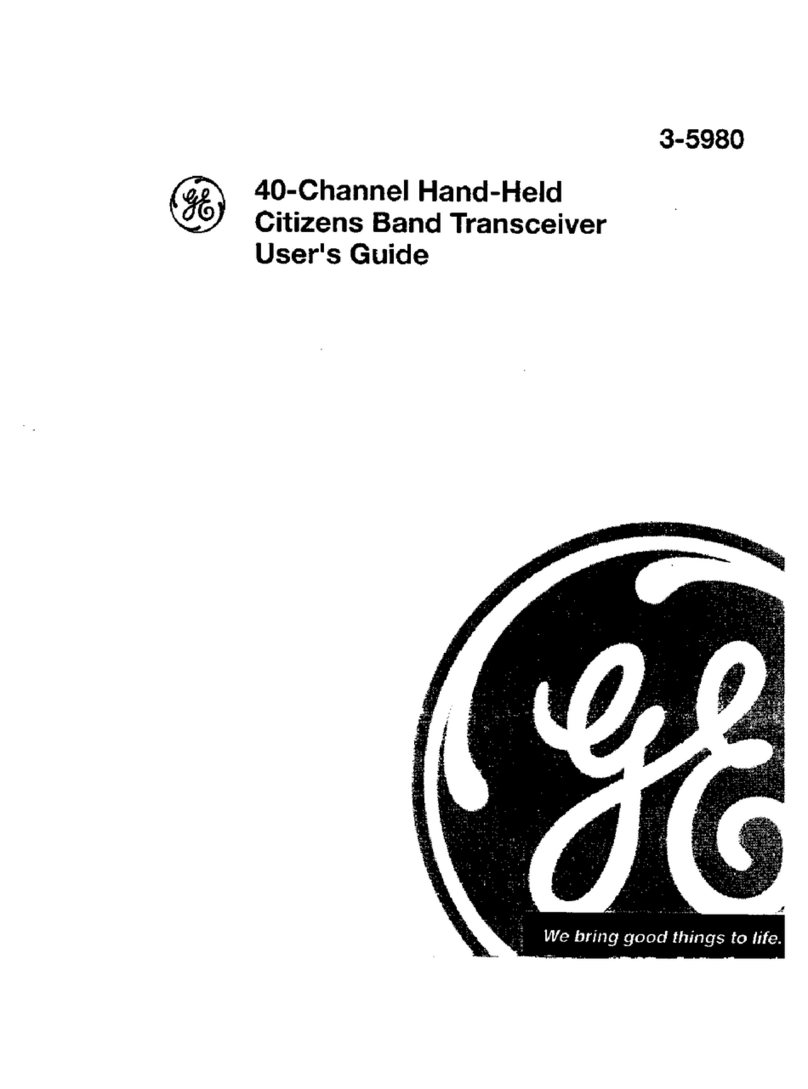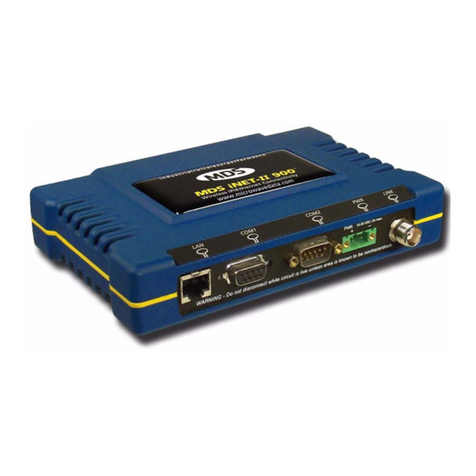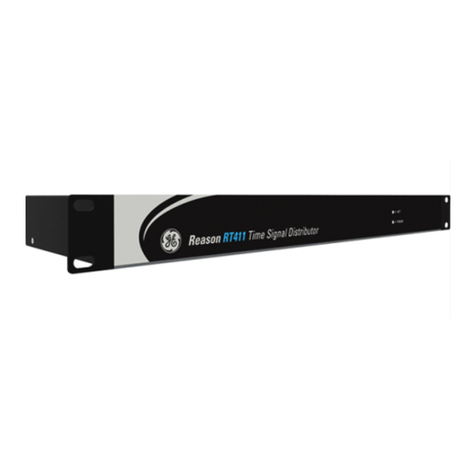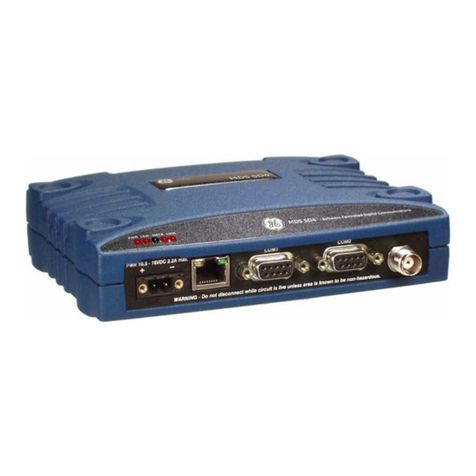Figure 12: 101D-NET9S Label
RF Exposure Notice
Professional Installation Required. The radio equipment
described in this guide emits radio frequency energy. Although
the power level is low, the concentrated energy from a
directional antenna may pose a health hazard. Do not allow
people to come closer than 34 centimeters to the front of the
antenna when the transmitter is operating with a 10dBd
(12.15dBi) antenna and so configured for the maximum
allowable EiRP of +36dBm. Use of higher gain antennas is
prohibited. More information on RF exposure is available
online at: www.fcc.gov/oet/info/documents/bulletins
Installation professionnelle requise. L'équipement radio décrit
dans ce guide émet de l'énergie radiofréquence. Bien que le
niveau de puissance soit faible, l'énergie concentrée d'une
antenne directionnelle peut présenter un danger pour la santé.
Ne laissez personne s'approcher à moins de 34 centimètres de
l'avant de l'antenne lorsque l'émetteur fonctionne avec une
antenne de 10 dBd (12,15 dBi) et qu'il est ainsi configuré pour
l'EiRP maximum autorisé de +36 dBm. L'utilisation d'antennes
à gain plus élevé est interdite. Plus d'informations sur
l'exposition aux RF sont disponibles en ligne sur :
www.fcc.gov/oet/info/documents/bulletins
FCC Part 15 and Industry Canada RSS Notices
Warning: Changes or modifications not expressly approved by
the manufacturer could void the user’s authority to operate the
equipment.
a) Under Industry Canada regulations, this radio transmitter
may only operate using an antenna of a type and maximum (or
lesser) gain approved for the transmitter by Industry Canada.
To reduce potential radio interference to other users, the
antenna type and its gain should be so chosen that the
equivalent isotropically radiated power (e.i.r.p.) is not more
than that necessary for successful communication.
b) The radio transmitters described herein (IC ID: 101D-NET9L
and 101D-NET9S) have been approved by Industry Canada to
operate with the antenna types listed in Table 5.1 with the
maximum permissible gain and required antenna impedance
for each antenna type indicated. Antenna types not included in
this list, having a gain greater than the maximum gain indicated
for that type, are strictly prohibited for use with this device.
Cet appareil est conforme à la Partie 15 des règlements de la
FCC et Industrie Canada exempts de licence standard RSS
(s). Son utilisation est soumise à deux conditions:
(1) ce dispositif ne peut causer des interférences,
(2) cet appareil doit accepter toute interférence pouvant causer
un mauvais fonctionnement du dispositif.
a) En vertu des règlements d'Industrie Canada, cet émetteur
radio ne peut fonctionner avec une antenne d'un type et un
maximum (ou moins) approuvés pour gagner de l'émetteur par
Industrie Canada. Pour réduire le risque d'interférence aux
autres utilisateurs, le type d'antenne et son gain doivent être
choisies de façon que la puissance isotrope rayonnée
équivalente (PIRE) ne dépasse pas ce qui est nécessaire pour
une communication réussie.
b) Les émetteurs radio décrits ici (IC ID : 101D-NET9L et
101D-NET9S) ont été approuvés par Industrie Canada pour
fonctionner avec les types d'antennes répertoriés dans le
tableau 5.1 avec le gain maximum autorisé et l'impédance
d'antenne requise pour chaque type d'antenne indiqué. Les
types d'antennes non inclus dans cette liste, ayant un gain
supérieur au gain maximum indiqué pour ce type, sont
strictement interdits pour une utilisation avec cet appareil.
Technical Assistance
Factory technical assistance is available by contacting GE
MDS during business hours (8:30 AM to 6:00 PM Eastern
Time). Use one of the following means to contact the factory:
Telephone: (585) 241-5510
Web: www.GEmds.com
FAX: (585) 242-8369
